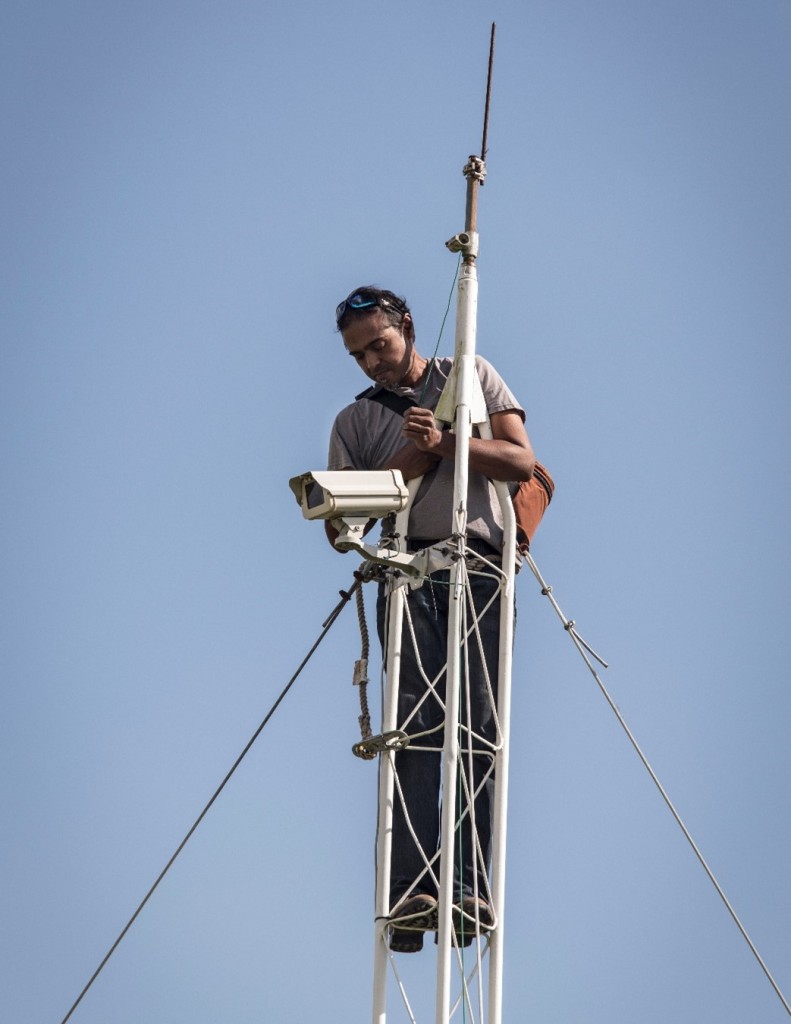
Authors: Amartya Saha, Xukai Zhang, Betsey Boughton, Zach Forsburg
Among the global challenges of the 21st century is growing food economically for an increasing population, while also sustaining biodiversity and nature’s services such as maintaining clean water, healthy soils, fisheries, wildlife, and recreation. In Florida, cattle ranching is a key industry for maintaining these valued outcomes. Archbold’s Buck Island Ranch is a full-scale cow-calf operation with approximately 3,000 cows on 10,500 acres and serves as a real-world laboratory for agroecology research. Research focuses on water management, understanding how grazing and fire affect grassland and wetland forage production and species diversity, as well as the ranchland ecosystem carbon cycle. A major multi-investigator initiative in which Archbold is deeply involved is the US Department of Agriculture Long-term Agroecosystem Research Network (LTAR). Here the Ranch, partnered with the University of Florida Range Cattle Research and Education Center, is one of 18 sites nationwide selected to form a science network for cross-site experiments and interdisciplinary research. The goal of the LTAR network is to understand how we can sustain food production while decreasing environmental impacts and maintaining rural prosperity.
Recently, Archbold scientists Dr. Betsey Boughton, Dr. Raoul Boughton, Dr. Amartya Saha, and Dr. Xukai Zhang along with their colleagues from the LTAR network published some of their findings in the journal Ecological Indicators (https://tinyurl.com/BIRLTAR). Their work compared different ways to look at crop and forage phenology and growth and created a framework that can assist ranchers, farmers, and agricultural research institutes to monitor agricultural production. According to Dr. Saha, “phenology refers to the change in leaf growth and color through the seasons; leaves are green when the plant is growing rapidly and get yellow as the plant growth slows. At Buck Island Ranch, cameras dubbed ‘PhenoCams’ take pictures of a pasture daily and the greenness of these images is related to growth and productivity.” Dr. Zhang explained productivity as “an estimate of the amount of energy and material entering the terrestrial ecosystem. Accurate estimates of gross primary productivity help us understand the carbon cycle from the atmosphere to plants and soil, and back up to the atmosphere. It is also important to inform sustainable ranchland management.”
According to lead author, Dr. Dawn Browning of the ARS Range Management Research Unit in Las Cruces, New Mexico, “Understanding how higher temperatures, more frequent drought and flooding events, and shifts in the timing and amount of rainfall influence the seasonal dynamics of forages and crops can guide decisions about best practices to adopt or adapt to decrease risk of loss and sustain yield.” This new framework for monitoring agroecosystems will inform management decisions to help maintain sustainable agriculture in the future in the face of climate change and other environmental changes.
An important role that Archbold plays is sharing the knowledge generated at Buck Island Ranch with the public and policymakers to ensure that everyone understands the enormous value of Florida ranchlands, including food production, biodiversity, water conservation, and carbon cycling.
This helps ensure that that ranching remains a vibrant part of Florida’s economy, culture, and heritage. View more images from the PhenoCam project at https://phenocam.sr.unh.edu/webcam/gallery/.

